4 Reasons to Learn Licks On Banjo
Licks are fun segments of bluegrass vocabulary and beyond their immediate use in the context of songs and tunes, they can be incredibly useful tools for becoming an all around better musician. Think of them like building blocks for your banjo fluency. Just like mastering individual words and phrases is crucial for speaking a foreign language, learning licks equips you with the building blocks to express yourself musically. But unlike memorizing vocabulary lists, licks are inherently musical and exciting. They capture the essence of a style, a feeling, or a technique, and learning them opens doors to a deeper understanding and appreciation of banjo playing.
This analogy extends beyond simply knowing the "words." Just as becoming fluent in a language involves not only vocabulary but also grammar, sentence structure, and the ability to understand different accents, learning licks helps you develop your overall musicality. By dissecting and internalizing licks, you'll gain a stronger grasp of banjo picking techniques, chord progressions, and even music theory concepts.
In short, learning licks isn't just about memorizing cool-sounding phrases; it's about unlocking a deeper level of musical knowledge and expression on the banjo. Here are 4 reasons you should start (or continue) learning licks!
Here’s 4 reasons you should start (or continue) learning licks!
-
Learning Vocabulary - Have you ever learned a foreign language? It’s interesting to note the similarities between doing that and learning a musical instrument. For one, listening to pronunciation slowly is an essential part of the process as it trains your ears to hear individual words, phrasing, and dialect. I've found that even if I don't understand the words, there are little things that pop out to me and they become clearer every time I listen. Next time you sit down to practice, ‘warm up' your ears by putting a recording on at 50% or 75% speed, closing your eyes and listening for what register the banjo is in (high or low).
Or, listen to understand the phrasing. Is there a point where a lick finishes and the player moves onto another melody, or do you hear where the chords change?
There's so much to listen to and if you take the time to do it, it can make you better faster.
-
Sparking creativity - Sometimes I don't even learn the entire lick. Maybe there's only a part of it that interests me, so I'll just focus on that. It'll sometimes spark my own creative development or even a new tune! It's up to you whether you think a lick is worth learning in its entirety or in pieces. And even sometimes doing both is fun!
-
Understanding Structure - What's next after actually learning the lick? I recommend trying to fit it in as many different contexts as possible. The goal is to make it feel comfortable in practice so that when you're in a jam or performance scenario it can be allowed to flow out of you. Ideally, you don't think “here's where the lick goes” but you hear it in your head and then can play it with ease.
Next time you learn a hot lick, take 5-10 different tunes and apply it to them in different spots over the chord progression. You can plan it out and say ‘I’m going to play this over the first C chord' for example, or you can just put a metronome or backing track on and jam out with the intention of putting the lick in. It may work sometimes and other times not so much but that's just part of the process.
-
Ear Training - I’ve been learning pedal steel for about a year now. When I was getting started, I jumped on learning kick-offs to songs. They seemed like really important bits of knowledge and way more accessible than taking on an entire solo. That felt impossible. After a couple months of learning and practicing kick-offs I felt like I could at least try and tackle some of those full solos. And guess what - they were hard, but manageable!
If you're just starting to learn things by ear, taking on a full song can be pretty daunting and time consuming. Taking a short phrase/lick can ease the process and progressively give you the confidence to take on longer and longer passages.
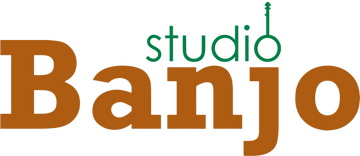





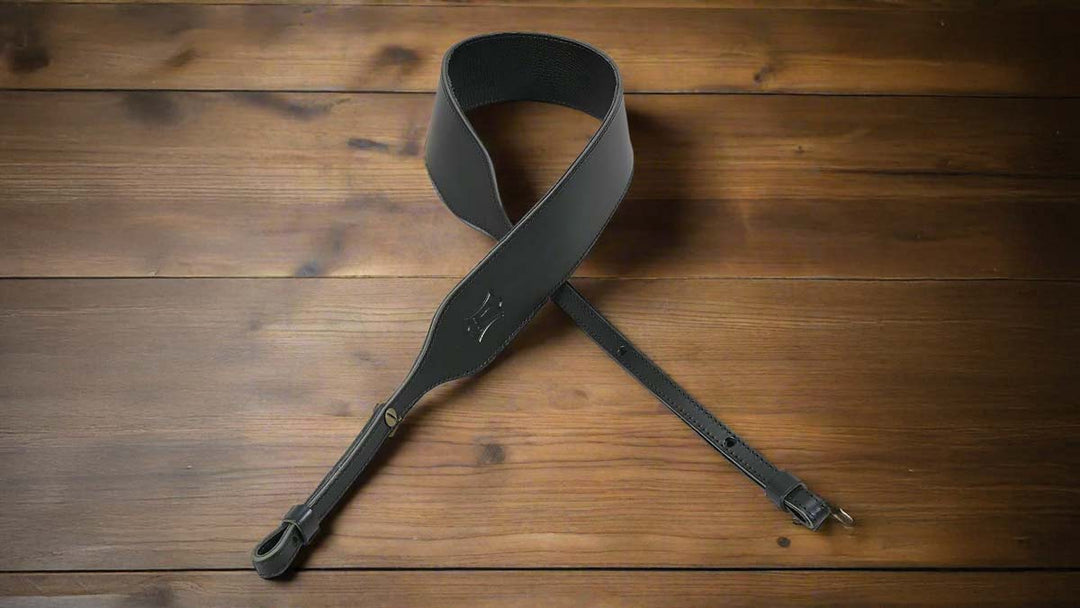
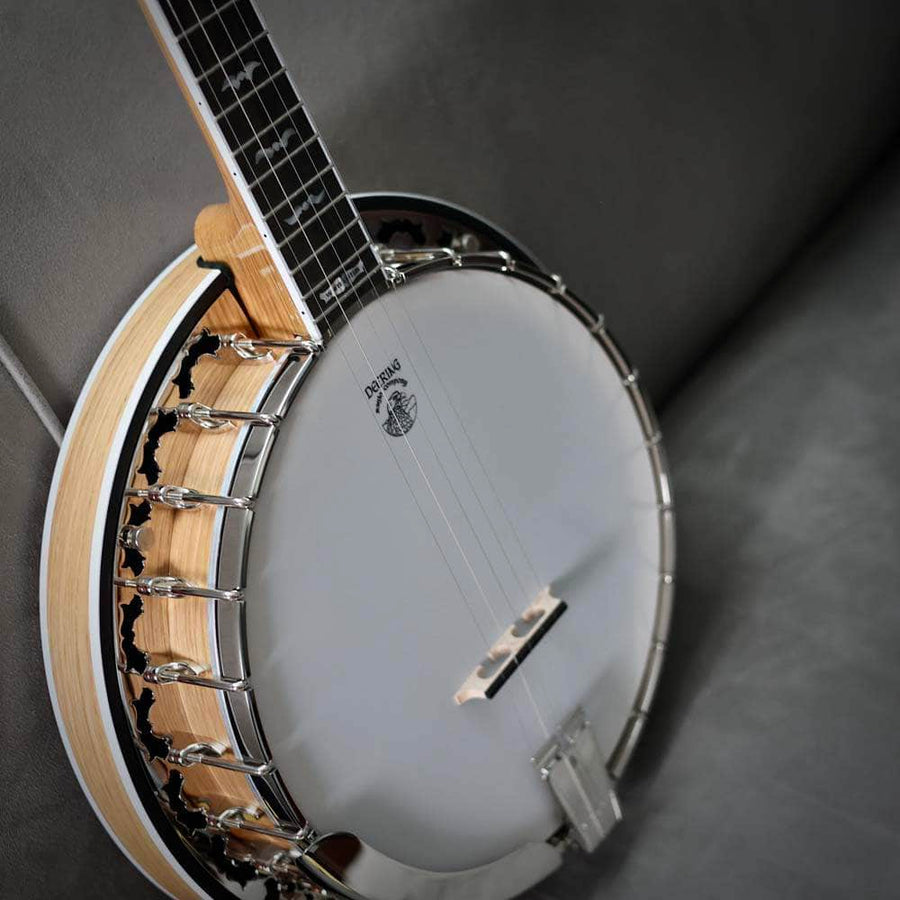
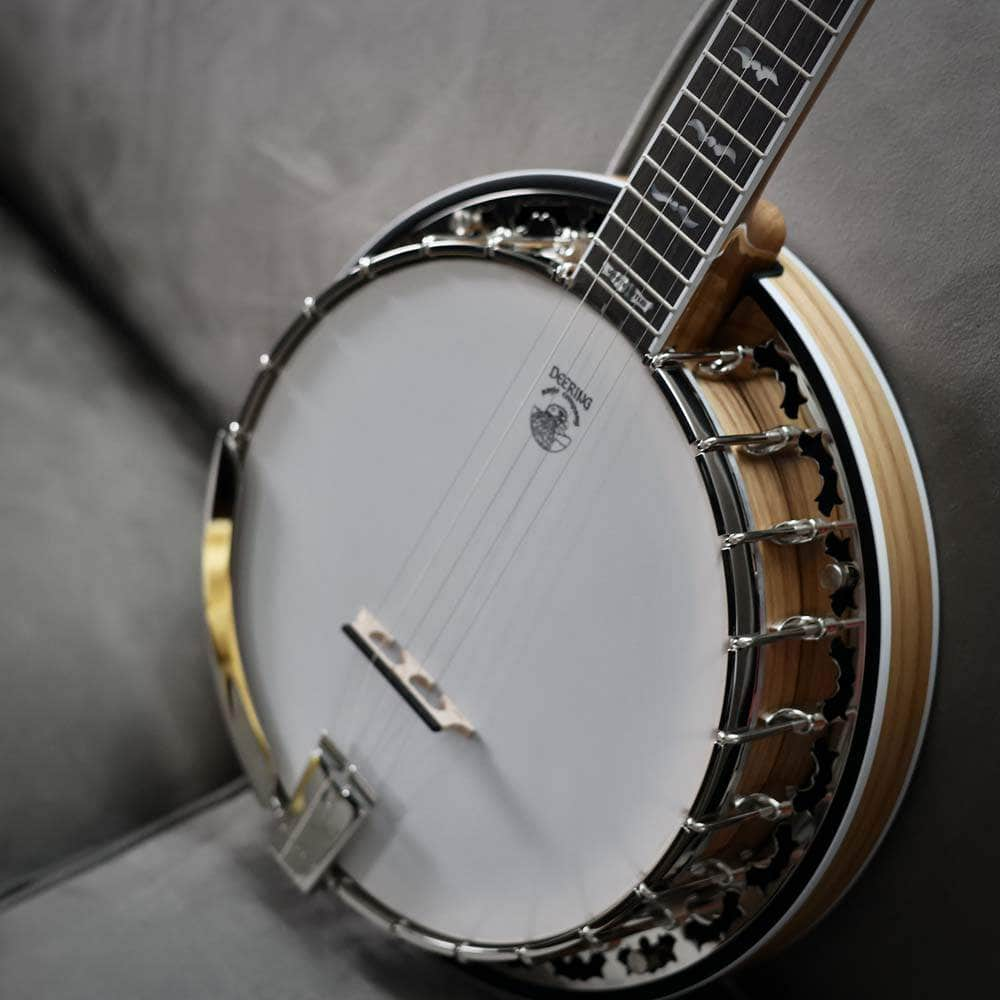
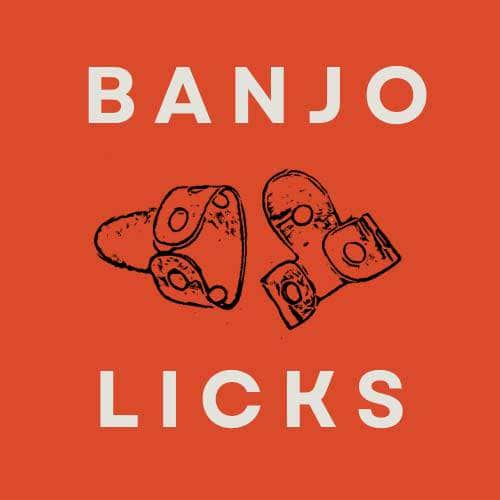

Took it all on board, been playing just over a year now and you’re words are very encouraging 😀
Leave a comment